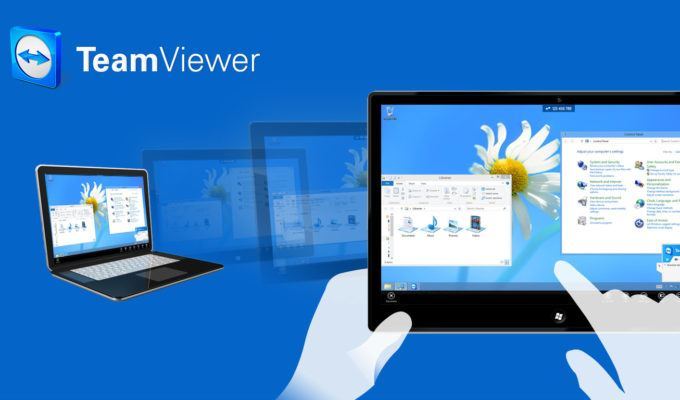Security News

An attack launched in May 2020 against a South Korean company involved an exploit that chained zero-day vulnerabilities in Windows and Internet Explorer, Kaspersky reported on Wednesday. The vulnerabilities exploited in the attack have now been patched, but they had a zero-day status when exploitation was first observed.

The latest series of Patch Tuesday security updates for Windows 10 includes patches for 17 bugs marked 'Critical' and 97 listed as 'Important'. Microsoft has issued fixes for 120 vulnerabilities - including two zero-day exploits - in its latest Patch Tuesday security update for Windows 10.

Microsoft earlier today released its August 2020 batch of software security updates for all supported versions of its Windows operating systems and other products. Play a video file - thanks to flaws in Microsoft Media Foundation and Windows Codecs.

JumpCloud announced the release of the JumpCloud App for Windows, the latest update to its patent-pending strategy for enabling secure credential and identity management from an employee's device. The JumpCloud Windows App streamlines credential management workflows and establishes the employee's workstation or laptop as a trusted device.

Microsoft has addressed 120 vulnerabilities with its August 2020 Patch Tuesday updates, including a Windows spoofing bug and a remote code execution flaw in Internet Explorer that have been exploited in attacks. The Windows spoofing vulnerability, tracked as CVE-2020-1464, is related to Windows incorrectly validating file signatures.

Popular remote-support software TeamViewer has patched a high-severity flaw in its desktop app for Windows. If exploited, the flaw could allow remote, unauthenticated attackers to execute code on users' systems or crack their TeamViewer passwords.

In May 2020, Microsoft patched CVE-2020-1048, a privilege escalation vulnerability in the Windows Print Spooler service discovered by Peleg Hadar and Tomer Bar from SafeBreach Labs. "The primary component of the printing interface is the print spooler. The print spooler is an executable file that manages the printing process. Management of printing involves retrieving the location of the correct printer driver, loading that driver, spooling high-level function calls into a print job, scheduling the print job for printing, and so on. The spooler is loaded at system startup and continues to run until the operating system is shut down," Microsoft explains.

All you need is do is learn assembly and C/C++ programming, plus exploit development, reverse engineering, and Windows internals, and then find and abuse a buggy driver, and inject and install your rootkit, and bam. Write your own malicious driver, sign it with a stolen or leaked certificate or your own paid-for cert so that Windows trusts it, and load it.

Security experts detailed a litany of concerns following an announcement on Monday from the Federal Bureau of Investigation about the official end of life for Windows 7. "As time passes, Windows 7 becomes more vulnerable to exploitation due to lack of security updates and new vulnerabilities discovered. With fewer customers able to maintain a patched Windows 7 system after its end of life, cybercriminals will continue to view Windows 7 as a soft target," the FBI notice said.

You can do that with the Windows 10 May 2020 Update, aka Windows 10 2004. First, make sure you're running Windows 10 version 2004.